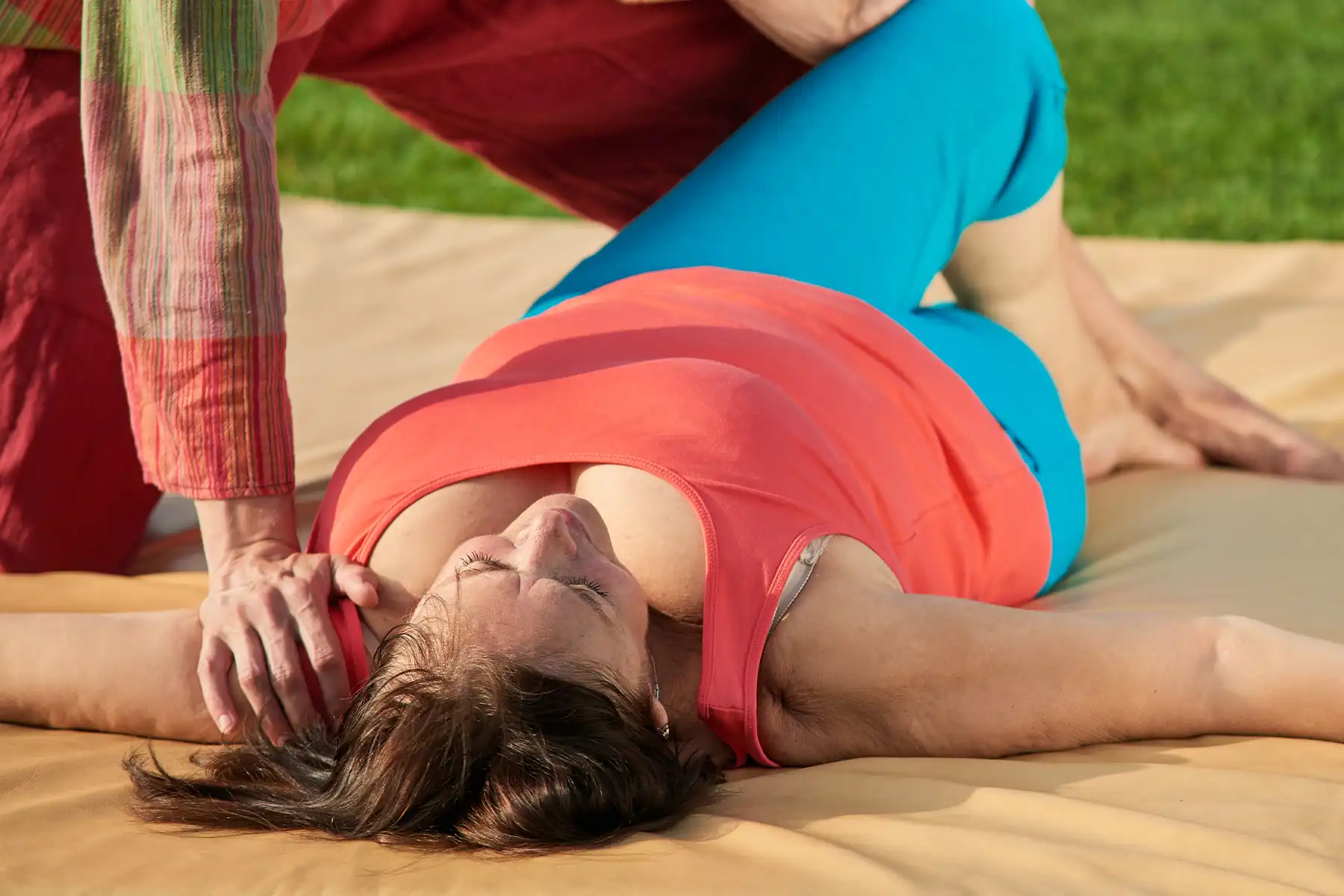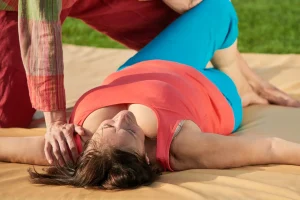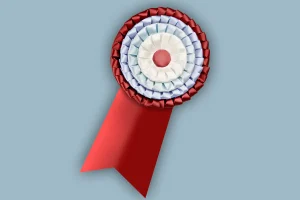In the panorama of professions that work in the care and prevention of people’s health, – that the World Health Organisation (WHO) defines as ‘a state of complete physical, mental and social well-being and not merely the absence of disease or infirmity’-, the Feldenkrais Method offers a way of working where movement and the search for improved motor functions are the main vehicle for stimulating the central nervous system and activating broader processes in the individual. The ability to learn in humans is the basis of any need, whether it is learning at school, healing from an injury, enhancing motor functions and performance, or improving one’s response to the stresses of life.
The Method uses its own language where the grammar is the skeleton and muscles, the syntax is the neurophysiological system that governs them, and the semantics are the motor functions and the mental and emotional processes that accompany them.
The peculiarity of such work, which aims at the heart of the individual’s capacity to evolve, lends it to easily interface with other types of approaches, from health and therapeutic to the more academic, sporting and artistic, playing a valuable reinforcing and complementary role.
Chronic pain is not only a physical problem, but also involves emotional and psychological aspects of those who are affected. It often involves a highly disabling state and the percentage of people suffering from it is increasing.
The project has taken this issue to heart and will deliver an innovative course for Feldenkrais teachers, doctors and patients in spring 2025 to stimulate an integrated approach that can help the healing process. Indeed, improving movement and body awareness can become a therapeutic tool that complements the traditional care that patients with chronic pain already receive.
Reciprocity will be the pivotal element of the whole pathway, to enable:
- Integration between disciplines and approaches to health
- Conscious adoption of movement-based practices for pain management and reduction







